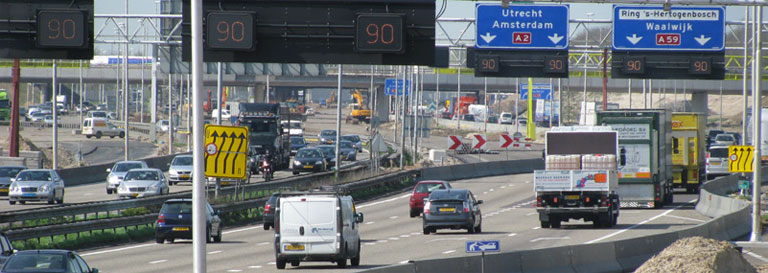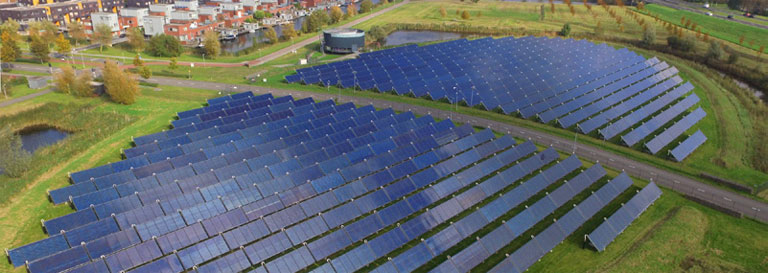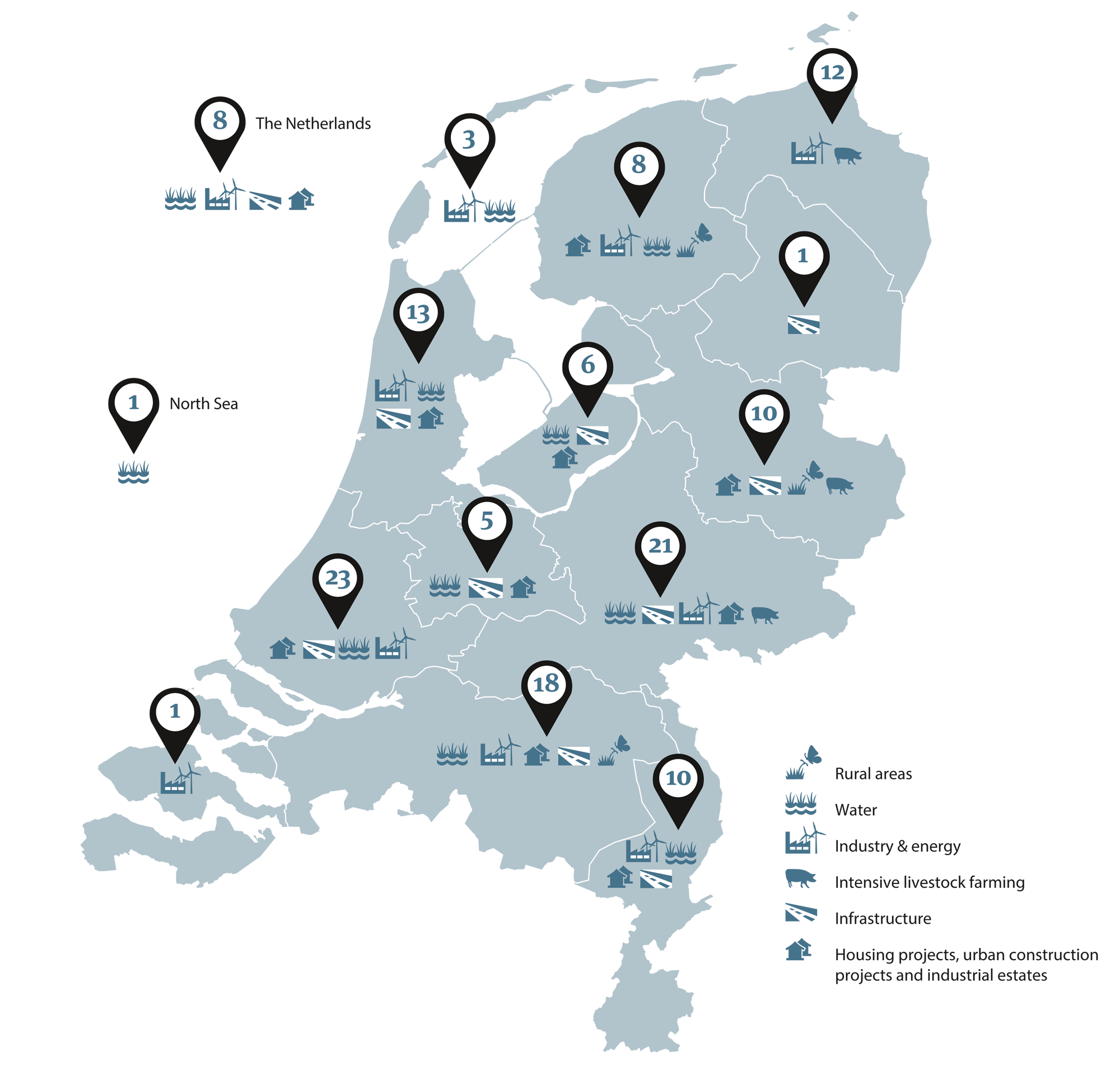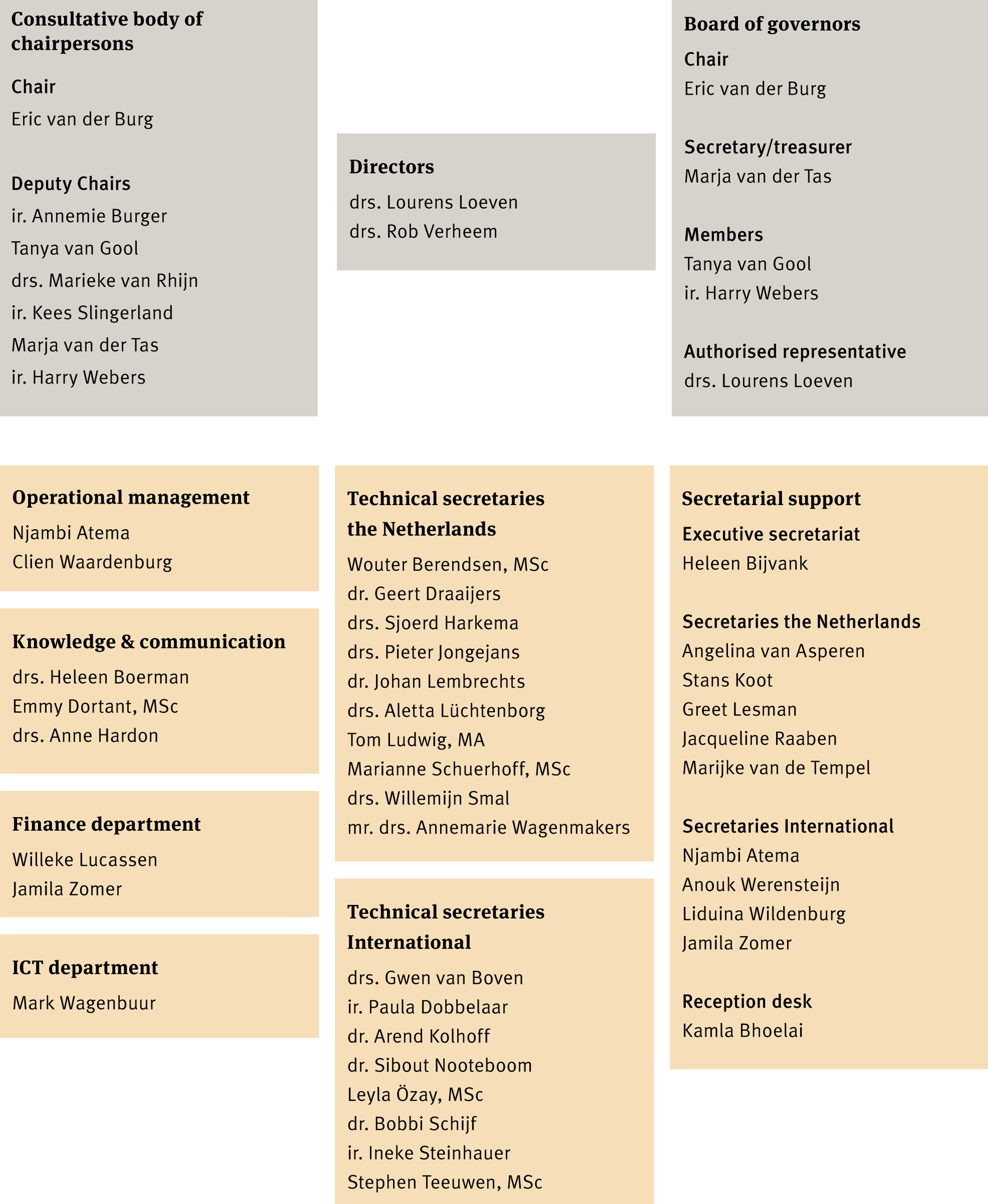Improve the environmental assessment system? ESY mapping insightful
There are many pending investments in the Egyptian water sector and so a workshop was organised, in which local governments, academics and the non-profit sector used the ESY-MAP diagnostic tool to analyse their environmental assessment legislation and practice. They looked at what is going well and what improvements would make investments more sustainable. One of the outcomes was the identification of the need for clear guidelines on environmental assessment for investors, local residents, consultants and authorities.
ESY-MAP (Environmental and Social Assessment SYstem MAP) is a tool co-developed by the NCEA to analyse the environmental assessment system in a workshop with key stakeholders. The answers to 38 key questions and 150 detailed questions yield a picture of the state of legislation and practice and reveal priorities for improvement.



























